Endcytosis
Ah, today's physiology class was difficult again.
I'm hungry, so I'll buy onigiri at the convenience store and go home.
You're too naive, Cellnosuke.
Mr.Neuko...!
How did you plan on eating the onigiri you bought?
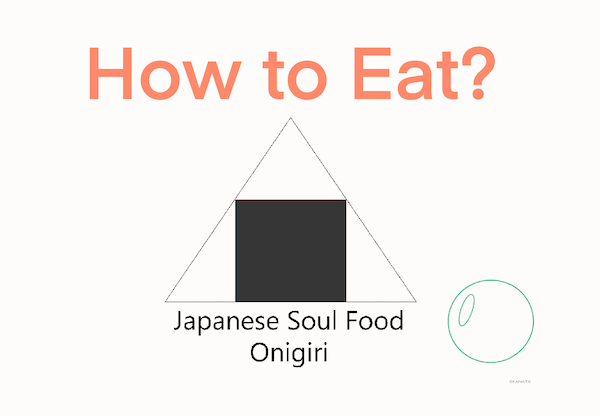
Um... through the mouth...
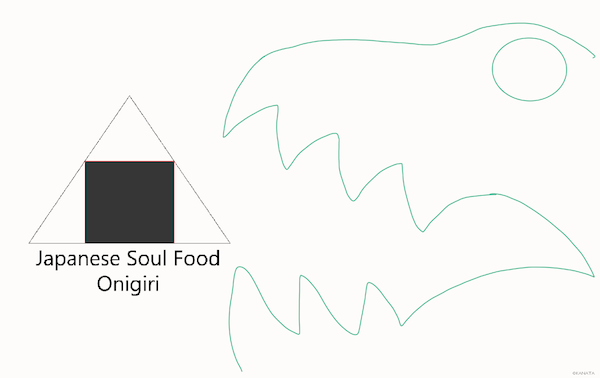
You don't have a mouth.

That's right.
So, in today's lecture, we will learn how cells without a mouth take in large substances!
Listen attentively!
Nice to meet you!
Endocytosis
What we're going to learn in today's lecture is endocytosis.
Sounds like a difficult word...
Indeed, it does sound like a difficult word.
But what if I tell you that endocytosis is the name for a way of eating? Would that make it a bit easier to understand?
I still can't quite imagine it.
Don't worry, I'll explain it slowly and steadily.
Okay!
Endocytosis is a way of eating
I did say at the beginning of the lecture that eating through the mouth is incorrect, didn't I?
Yes.

That's because cells don't have mouths.
(Where am I even voicing from...)
Did you think about something unnecessary?
No.
Well, it's fine. The correct way for a cell to eat is by surrounding the substance with the cell membrane and taking it into the cell.
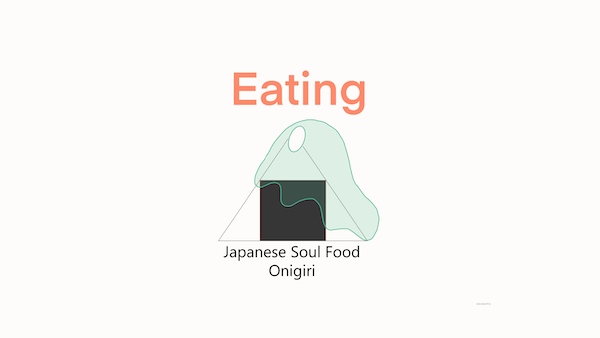
It feels like a zombie movie, doesn't it...
Not really.
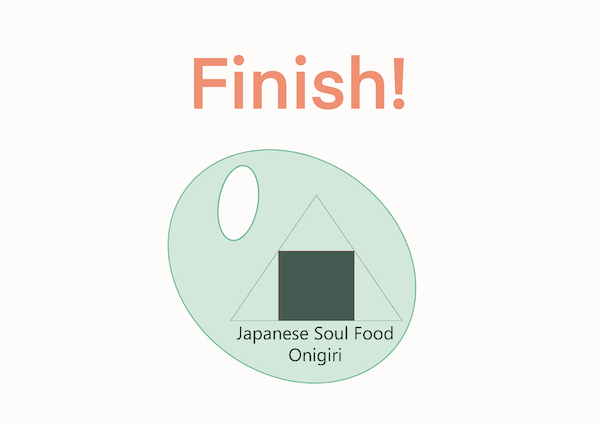
This is the series of steps in endocytosis.
Could you imagine it at least a little bit?
I could imagine it better than before!
Endocytosis is the process of taking substances into the cell from the cell membrane.
Purpose of Endocytosis
Teacher, what is the purpose of this endocytosis in the first place?
That's a good question.
Do you remember when I explained in a previous lecture that the cell membrane has small holes like a sieve used in the kitchen?
I'm not sure.
Yes...
Now, as I conveyed in the previous lecture, there are large substances that cannot pass through the small holes of the cell membrane.
Specifically, we're talking about macromolecules like proteins.
When we need to take them into the cell, we use the mechanism of endocytosis.
I see.
Endocytosis is a function for taking in large substances.
Supplement
As a supplement, there are two things I want you to remember.
Yes.
First, when performing endocytosis, the cell requires energy in the form of ATP (adenosine triphosphate).
This type of transport that utilizes energy (ATP) is called active transport, but we will discuss it in more detail in a future lecture.

And one more thing, the substances that are taken in become enclosed in small vesicles within the cell.
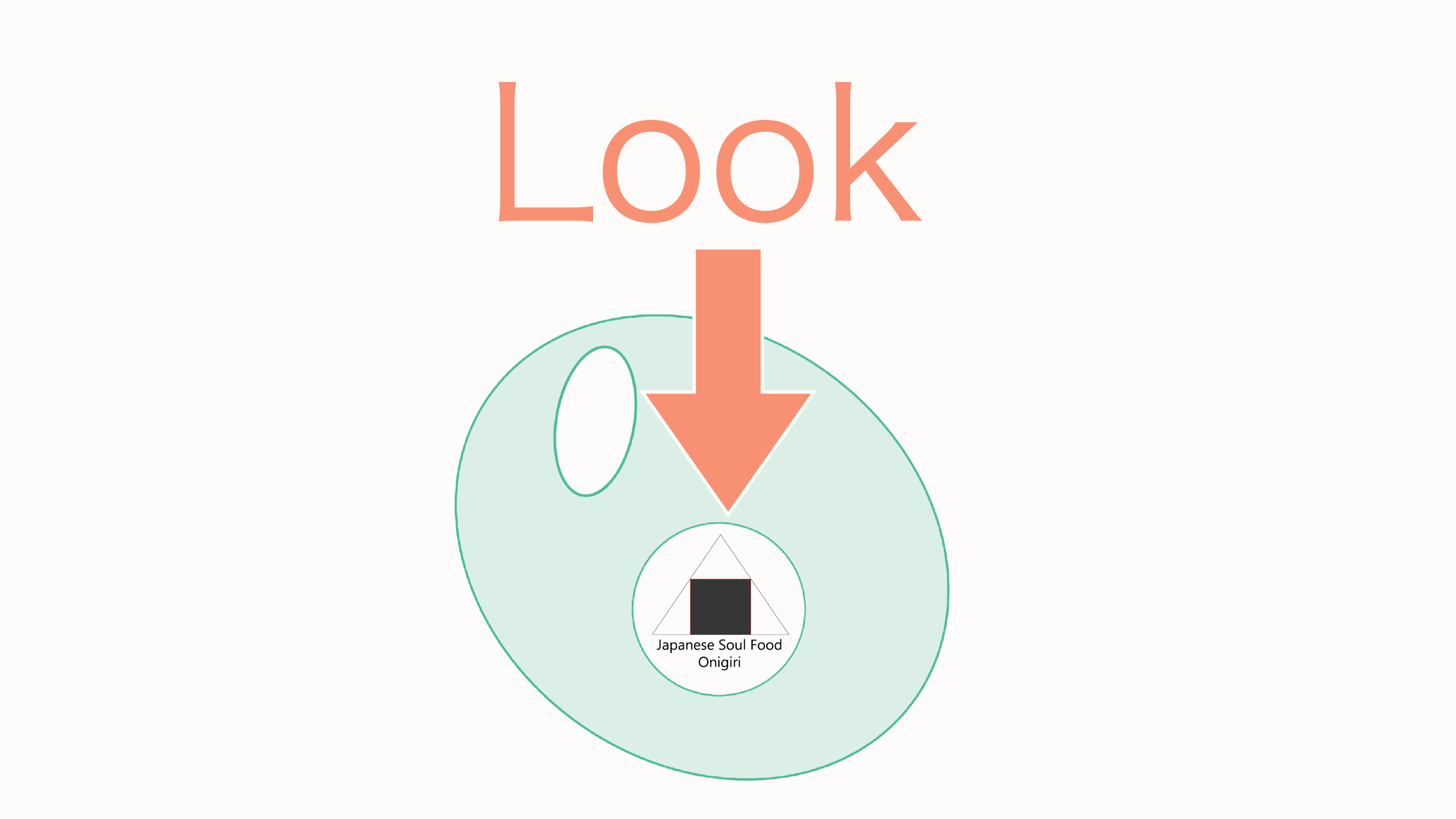
Why do they wrap the substances?
Wrapping the substances in vesicles makes it easier to carry out further processes such as decomposition while keeping them contained.
I see...
But, teacher, does it really help to remember such detailed aspects? Will it be useful?
There is a cellular process called autophagy that takes place inside the cell.
Dr. Ōkuma's discovery, which earned him the Nobel Prize in 2016, is indeed significant. As you continue to study further, you'll find that this kind of detailed knowledge can be useful.
However, diving into too many details right away can sometimes make studying overwhelming. So, for now, it's enough to have a general understanding and remember these additional points as supplementary knowledge.
Understood!
That concludes today's lecture.
Thank you very much!
Before we wrap up, let's solve a problem.
Endocytosis
Yes (active transport)